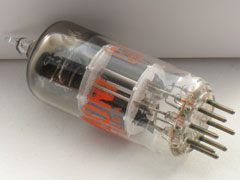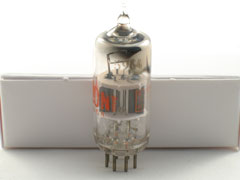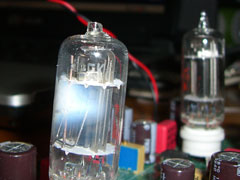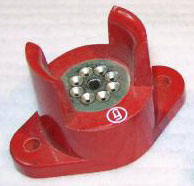Buy Boards & Parts:
www.beezar.com
www.beezar.com

The ECP Audio
T
O R P E D O
parafeed headphone amplifier
The 6J6 Tube and its variants
 |
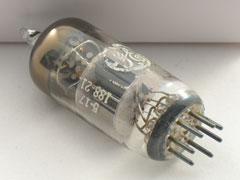
GE 6J6 tube with horse-shoe getter
|
Tubes, otherwise known as vacuum tubes or electron tubes, form the basis of the TORPEDO! Along with the transformers, the tubes produce the audio characteristics of a true, high-voltage, output-transformer-coupled headphone amplifiers. Many books have been written about tubes and their sound quality. An excellent article on "How Tubes Work", their parts and operation is online at Dale and Roy's VacuumTubes.net. |
| Rather than focus on complicated tube theory, however, some basic info on the specific TORPEDO! tubes (we'll take the liberty of calling them "TORPEDO! tubes") may be more helpful. Besides giving the TORPEDO! its genuine sound due to the tubes and transformers, the other interesting aspect of the TORPEDO tubes is that they are extremely cheap and more importantly, particularly to you Starving Student fans who saw the 19J6 disappear - they are plentiful. This allowed Dsavitsk to come up with the unique PCB design of the TORPEDO parafeed headphone amplifier. | 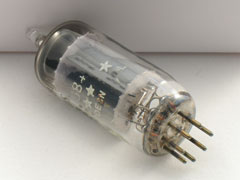
GE 5844 tube with halo getter
|
|
| The 6J6 tube is a dual-triode tube rated for 300V on the plates. For the TORPEDO! parafeed headphone amplifier, the triodes in each tube are paralleled, with the power transformer voltage providing the plate voltage at 200V, about twice the normal operating recommendation. The result is a high-voltage tube circuit that is more or less self-balancing for the tube pairs. | ||
|
The 6J6 has the following basic attributes when run at 100V on the plates: |
||
| The 6J6 tube was part of a series of tubes of the same design, but different heater voltages: 6J6-5J6-19J6 (6V, 5V, and 19V heater voltages, respectively). Unlike the 19J6 or 5J6 tube, however, numerous manufacturers produced the 6J6 tube in great numbers. Here are data sheets from three different mfrs of the 6J6 tube family (pdf files): | ||||
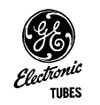 |
6J6 (GE) | 6J6 (TungSol) | 6J6 (RCA) | 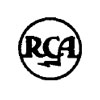 |
Other Tubes for the TORPEDO!
|
There are many other tubes that can be used with the TORPEDO! TDSL (Tube Data Sheet Locator) indicates the following tubes are equivalents: Among the full equivalents for the 6J6 tube are many variants of the 6J6 itself: 6J6-A, 6J6S, 6J6-W, and 6J6-WA.
Further, near-equivalents for the 6J6 are numerous: 1216, 5844, 5964, 6030, 6045, 6099, 6101, 6535, 6927, 6CC31, 6MNN3, CK6101, CV5046, CV8160, CV8231, ECC91, M8081, and T2M05. If one drills down deeper at TDSL by starting with the full equivalent variants such as the 6J6-A, 6J6-W, etc., you can find even more. Beezar and ECP Audio have done extensive testing with the 5844 and 5964 and found them to run fine in the TORPEDO!. Those tubes and the data sheets we've been able to collect are here: |
 |
6J6-A (RCA)
6J6-A (TungSol) 6J6-WA (TungSol) |
5844 (Sylvania) | 5964 (TungSol)
5964 (Sylvania) |
 |
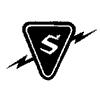 |
6101 (RCA) | ECC91 (Mullard)
ECC91 (Philips) ECC91 (RFT) |
M8081 (Mullard) |  |
file last changed:Monday, May 27, 2024 12:25:39 PM
Please contact the TORPEDO webmaster for questions about these web pages.

